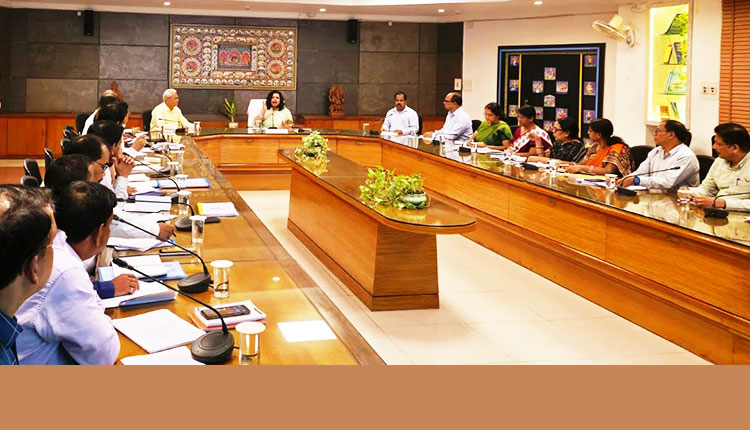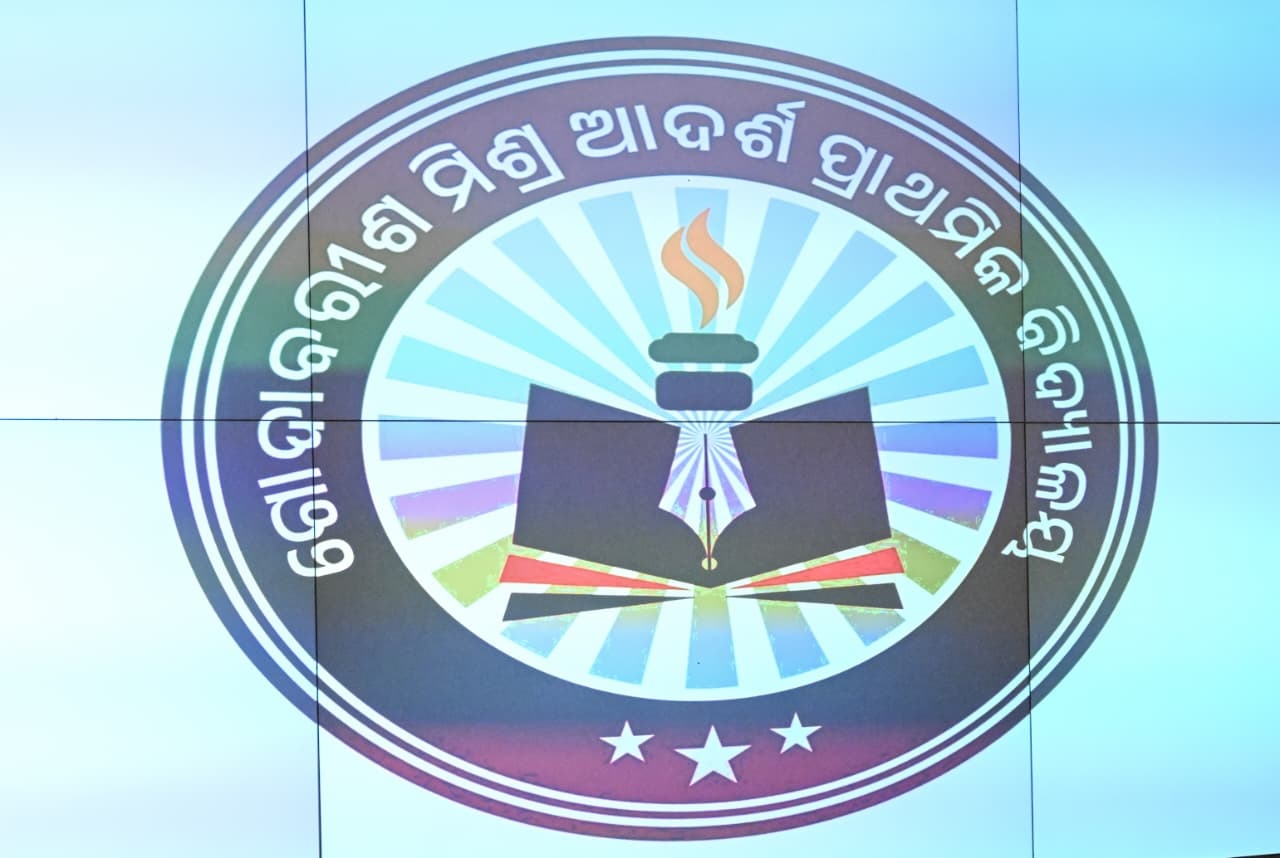Odisha Accelerates Irrigation Projects to Boost Water Management and Agriculture

High-level review sets focus on timely completion, modernisation, and revenue generation under 5-Year Irrigation Plan
Bhubaneswar: In a major step to strengthen irrigation capacity and modernise water management, the Odisha Department of Water Resources has rolled out an accelerated plan to complete key projects and push new initiatives. Development Commissioner-cum-Additional Chief Secretary Anu Garg chaired a high-level review meeting with senior officials to assess departmental spending and set the roadmap for the future.
The meeting placed strong emphasis on timely completion of ongoing projects under the state’s ambitious 5-Year Irrigation Plan. To meet the targets, five major, 15 medium, and 100 minor irrigation projects have been earmarked for fast-track implementation. These projects are expected to significantly expand the state’s irrigation coverage, benefiting thousands of farmers and enhancing agricultural productivity.
The Engineer-in-Chief, Water Resources, has been entrusted with the overall responsibility of monitoring the progress of both ongoing and upcoming projects. This step is aimed at ensuring strict accountability and adherence to timelines.
The Engineer-in-Chief (Procurement) was instructed to accelerate the tendering process, a crucial step to enable the early execution of projects. Similarly, the Odisha Construction Corporation (OCC) and the Chief Engineer, Minor Irrigation, have been asked to focus on advancing tank development projects under the Odisha Integrated Irrigated Agriculture and Water Management Project (OIIPCRA).
The review meeting also highlighted the importance of financial sustainability in the state’s irrigation sector. The Engineer-in-Chief (Planning & Design) has been tasked with improving water rate collection from industries. This measure is expected to boost revenue and help sustain large-scale investments in water resource projects.
In addition, the department stressed the need for visible progress in critical areas such as installation of gates on ungated projects, automation of existing gates, and river interlinking. These initiatives are aimed at not only improving operational efficiency but also strengthening Odisha’s preparedness to deal with climate challenges and fluctuating rainfall patterns.
To bring modern technology into the irrigation system, the department has set a target to complete 50 minor irrigation projects using underground pressurized pipeline (UGPL) systems. These advanced systems are designed to reduce water loss, increase efficiency, and ensure that water reaches farmlands more effectively.
Automation of gates in existing projects is another technological measure being prioritised. This will enable real-time water regulation, better flood control, and improved irrigation supply management.
Recognising the importance of skilled manpower, the department has also prioritised recruitment. A total of 469 Junior Assistants are being fast-tracked into the workforce to strengthen administrative and ground-level capacity. This infusion of new staff is expected to improve project execution and monitoring across districts.
Officials said that once completed, these projects will provide a substantial boost to Odisha’s agricultural landscape. By expanding irrigation coverage, farmers will be less dependent on erratic monsoon rains, thereby reducing crop loss and improving food security. Improved water management will also open avenues for crop diversification, helping farmers shift towards more profitable and climate-resilient farming practices.
Tank development projects under OIIPCRA are being designed not just for irrigation, but also to recharge groundwater and support fisheries, adding multiple livelihood opportunities for rural communities.
The department’s integrated approach—combining infrastructure development, financial sustainability, technological upgrades, and manpower strengthening—reflects Odisha’s vision of achieving long-term water security.
With climate change posing new challenges in terms of rainfall variability and water availability, such forward-looking measures are expected to enhance the resilience of both agriculture and rural livelihoods.
The state government has made it clear that irrigation development will remain one of its top priorities in the coming years. The integrated plan is designed to ensure that water resources are utilised efficiently and equitably, balancing the needs of agriculture, industry, and the environment.
The meeting concluded with a strong call for inter-departmental coordination to speed up the progress of all pending and upcoming projects. Senior officials reaffirmed their commitment to turning Odisha into a model state for water resource management and sustainable agriculture.









